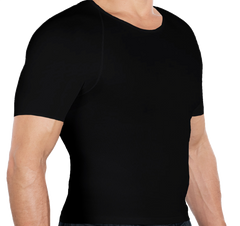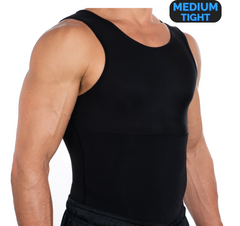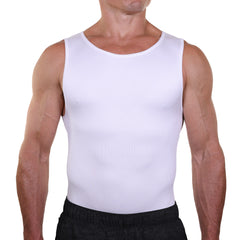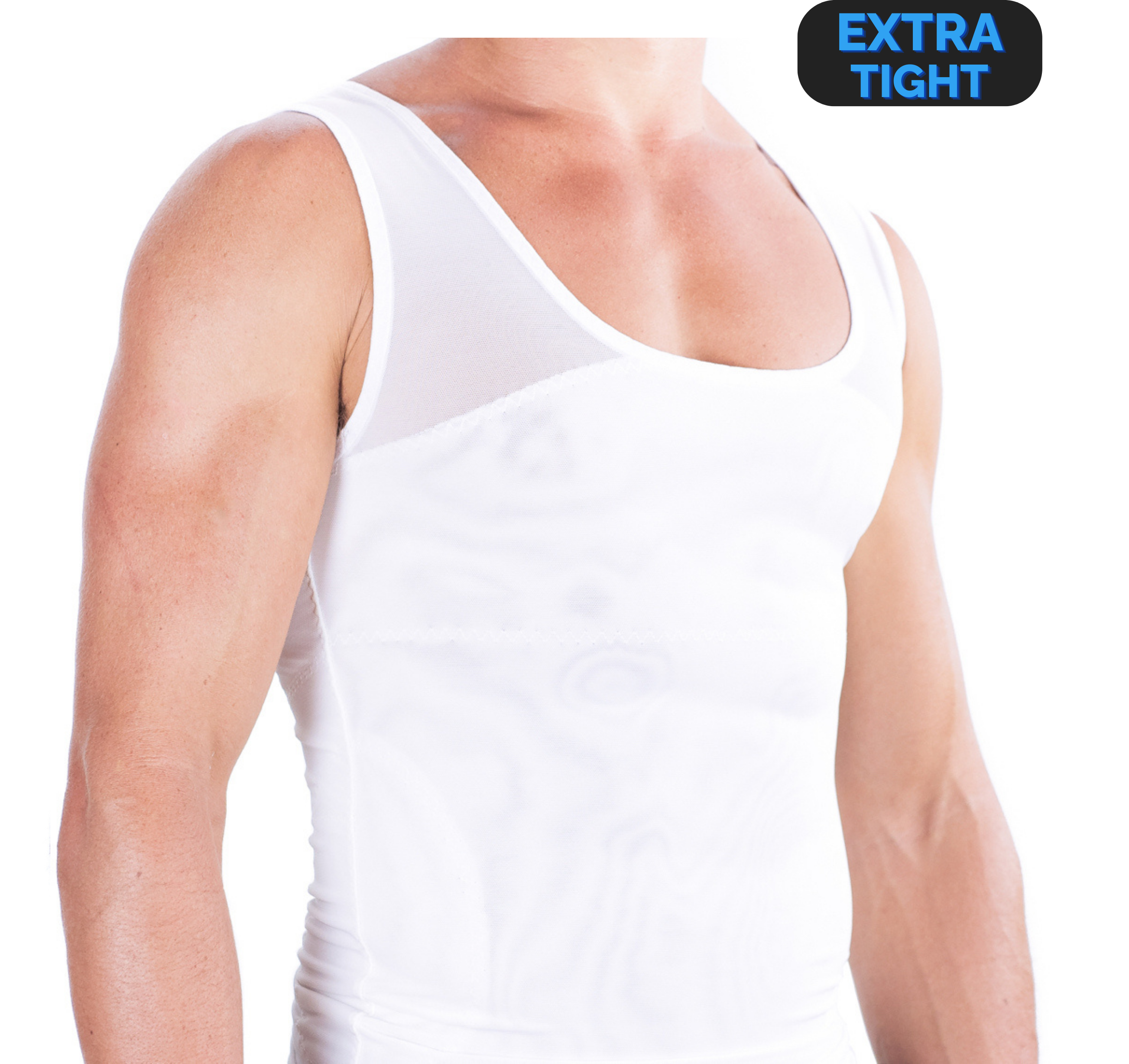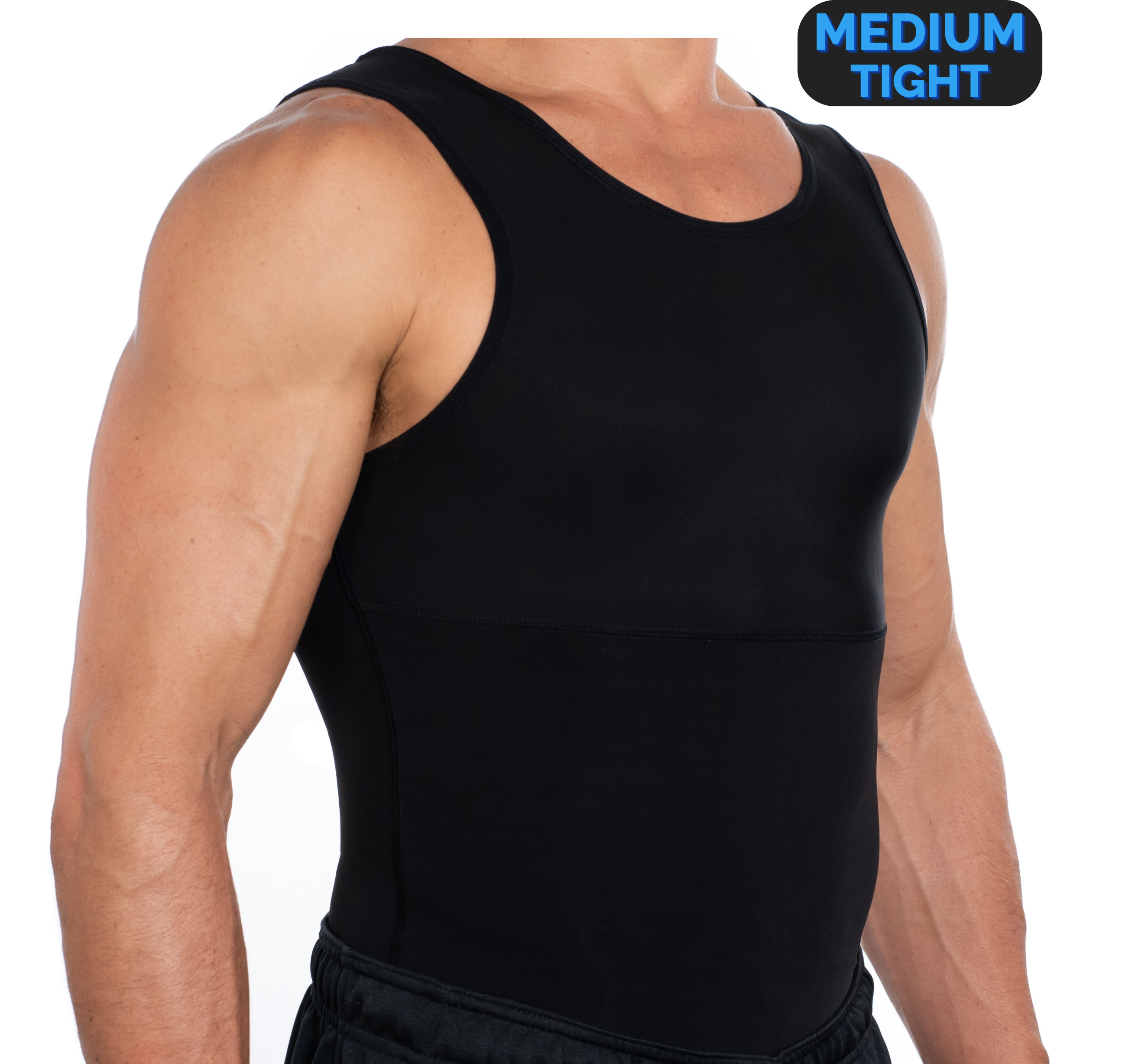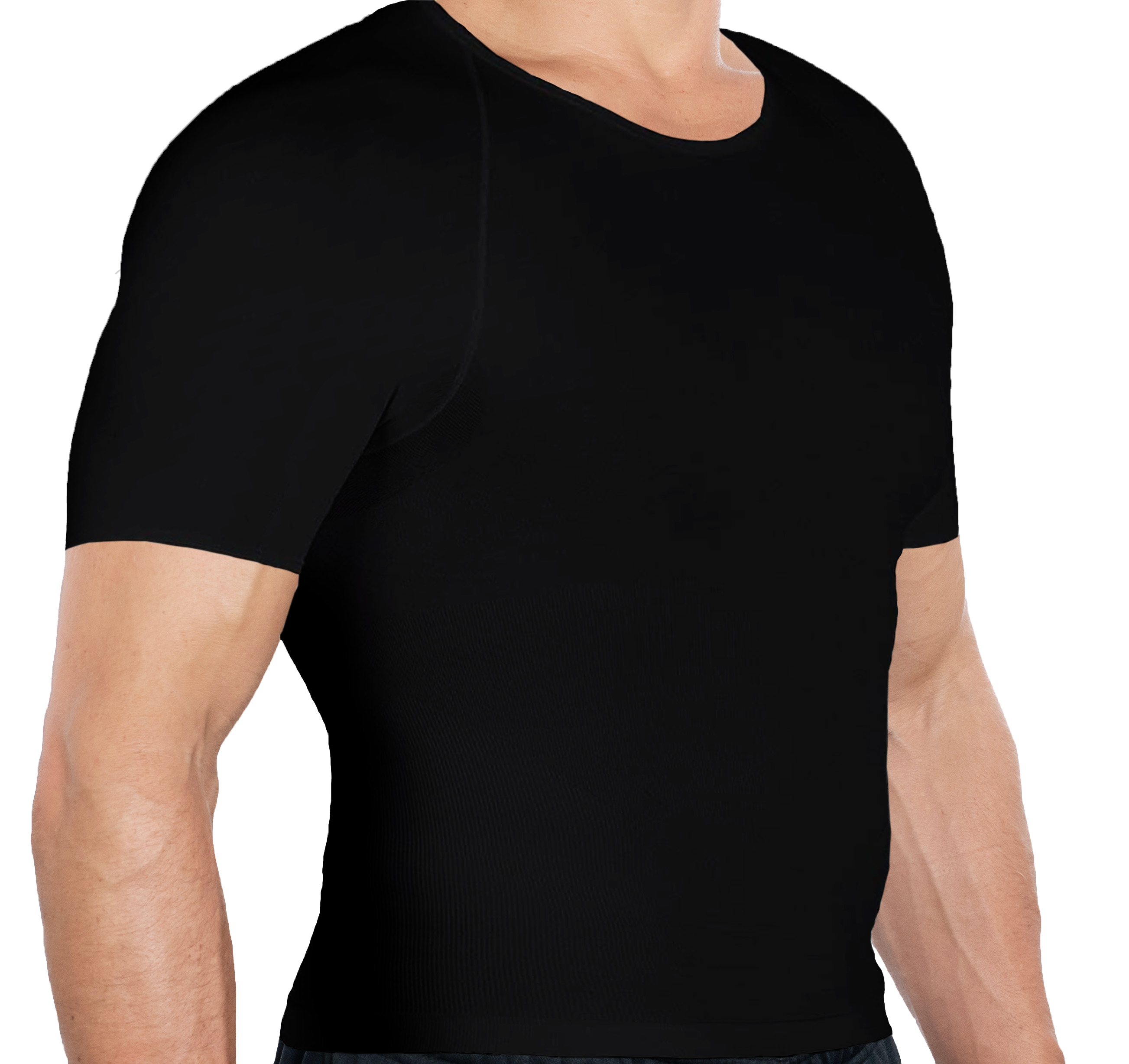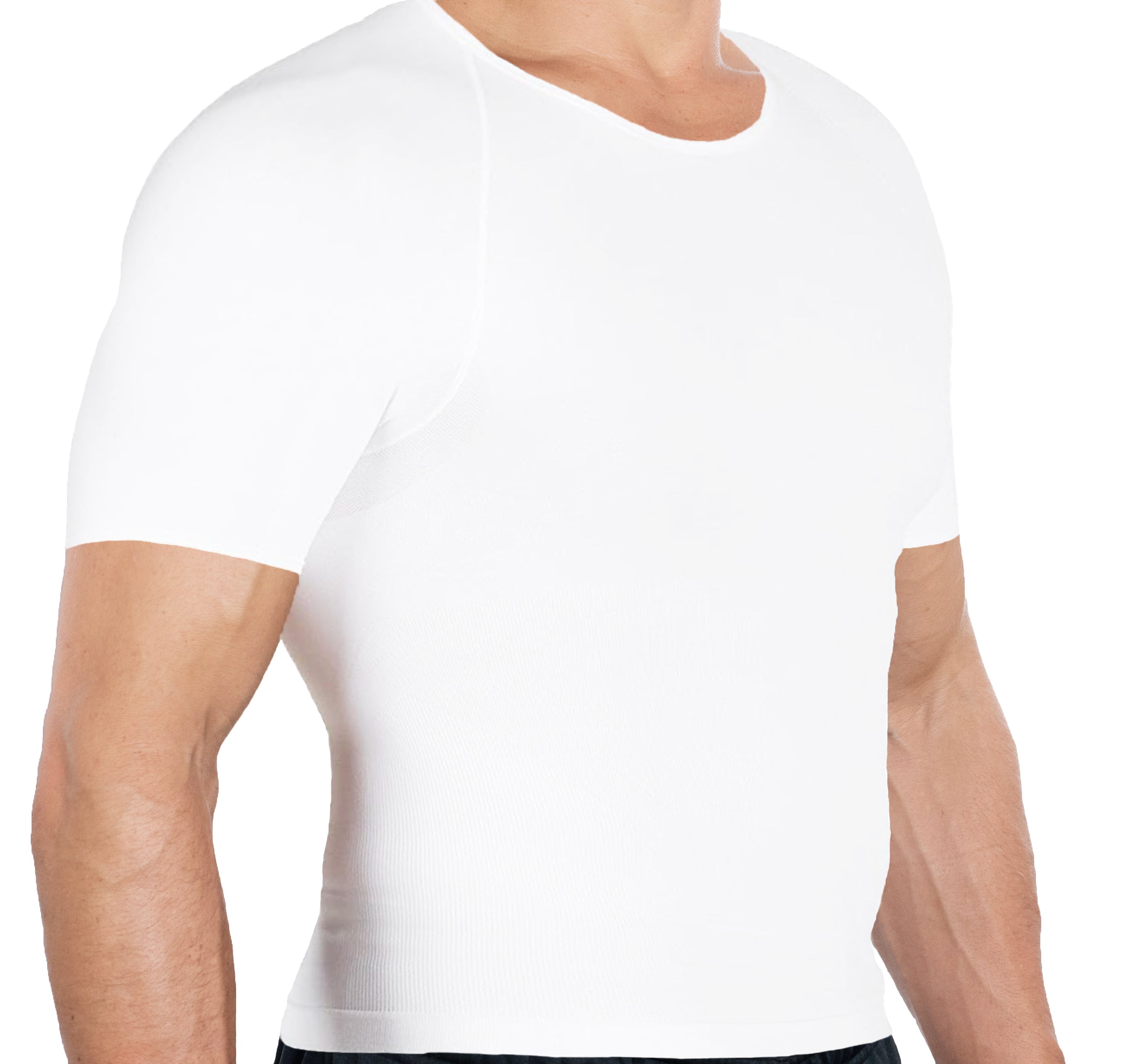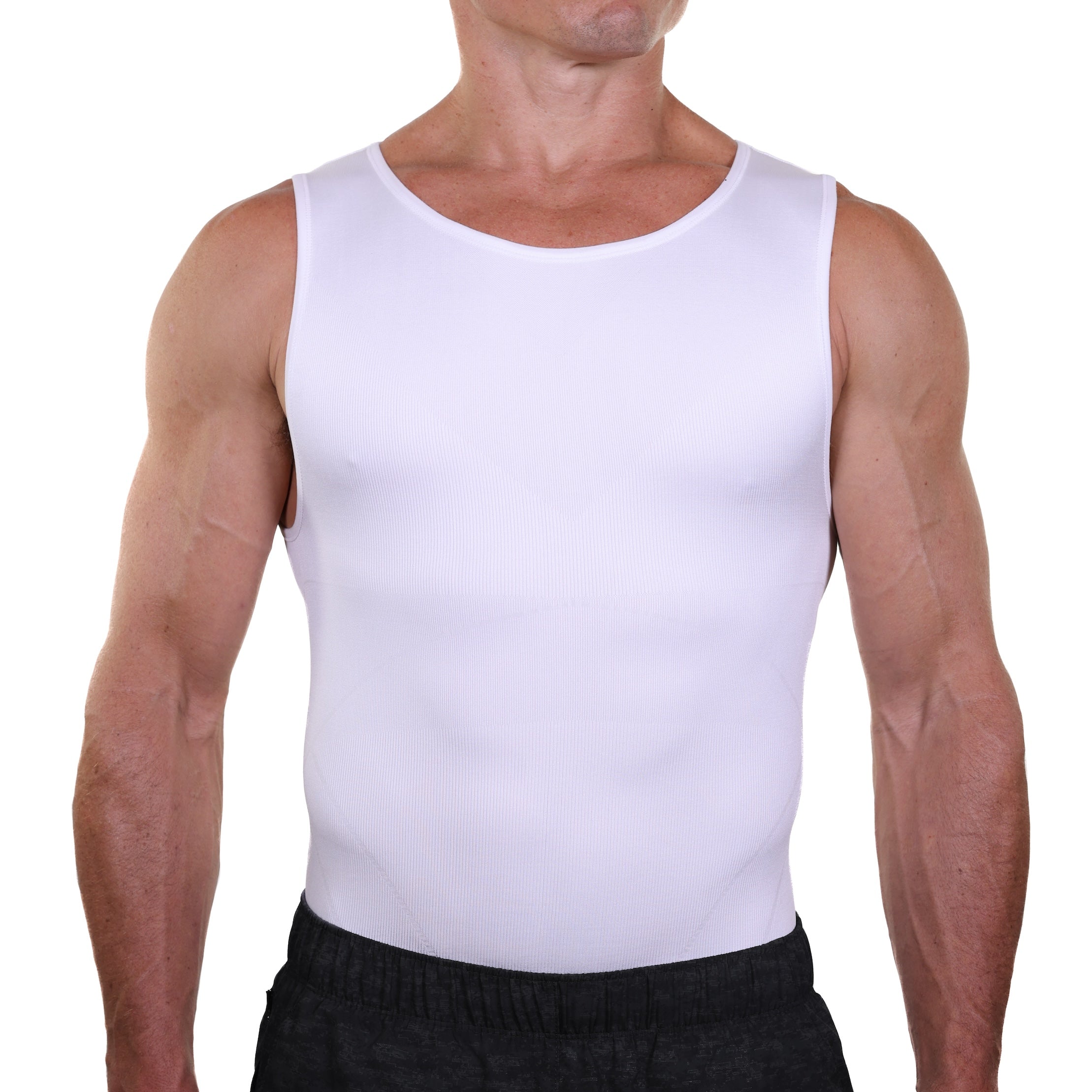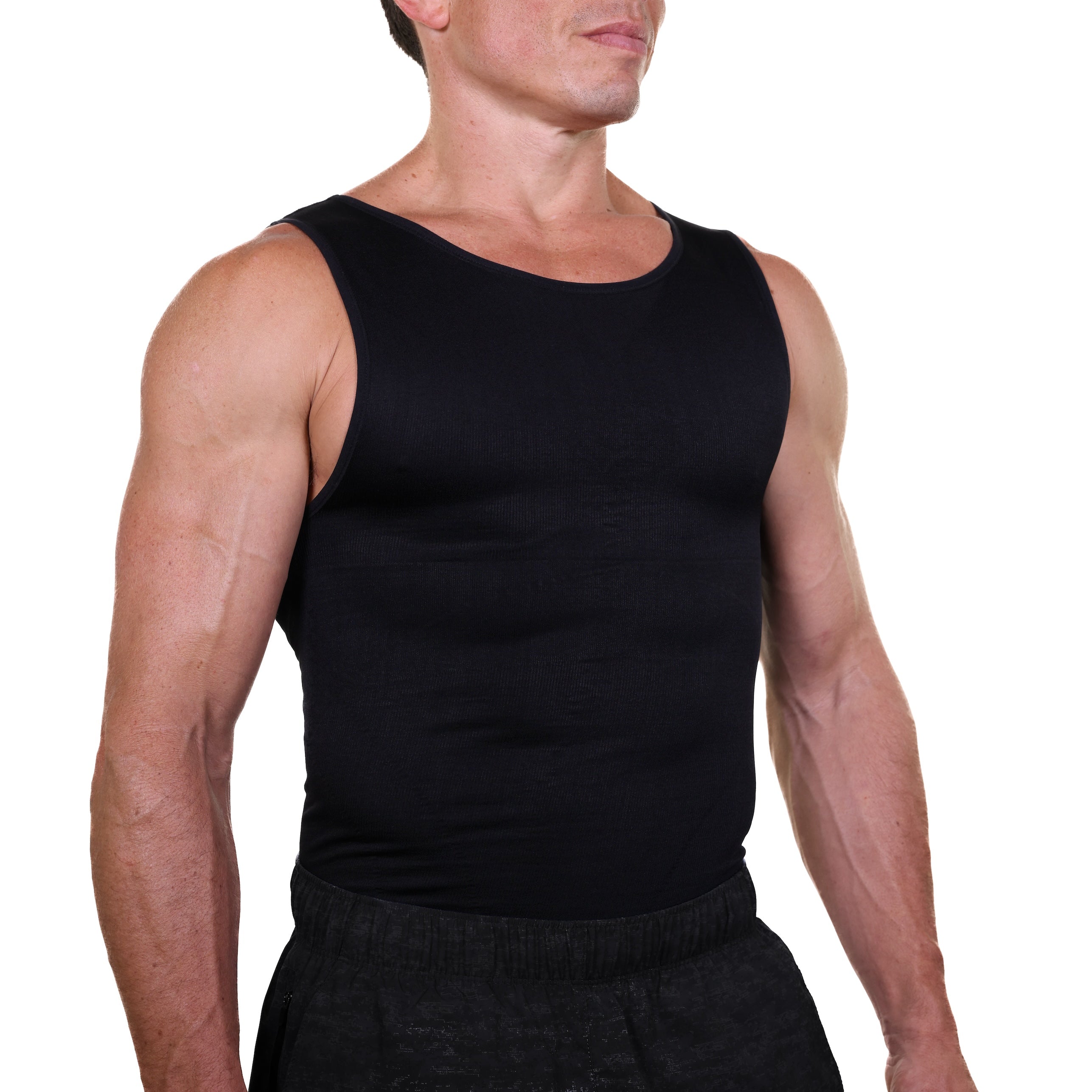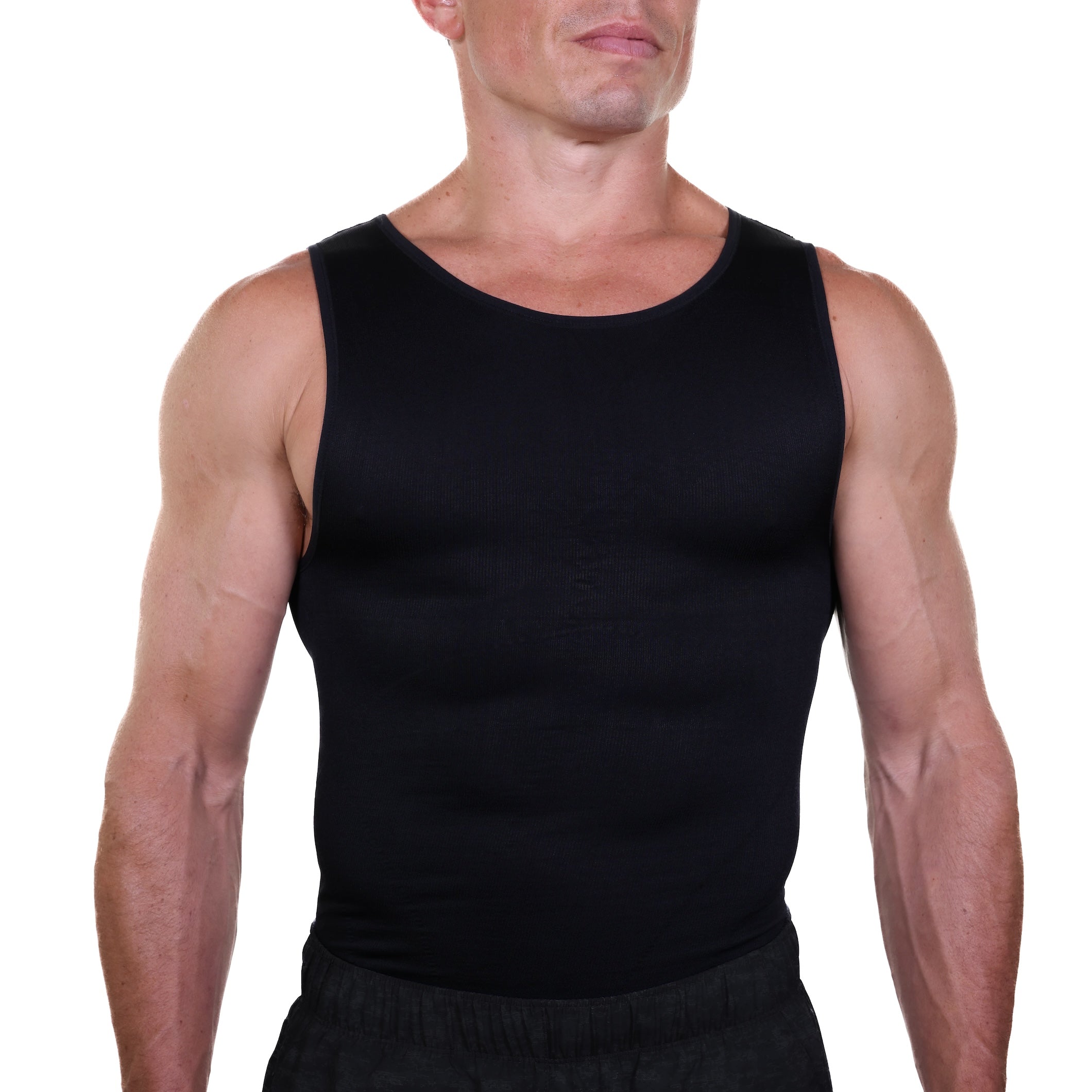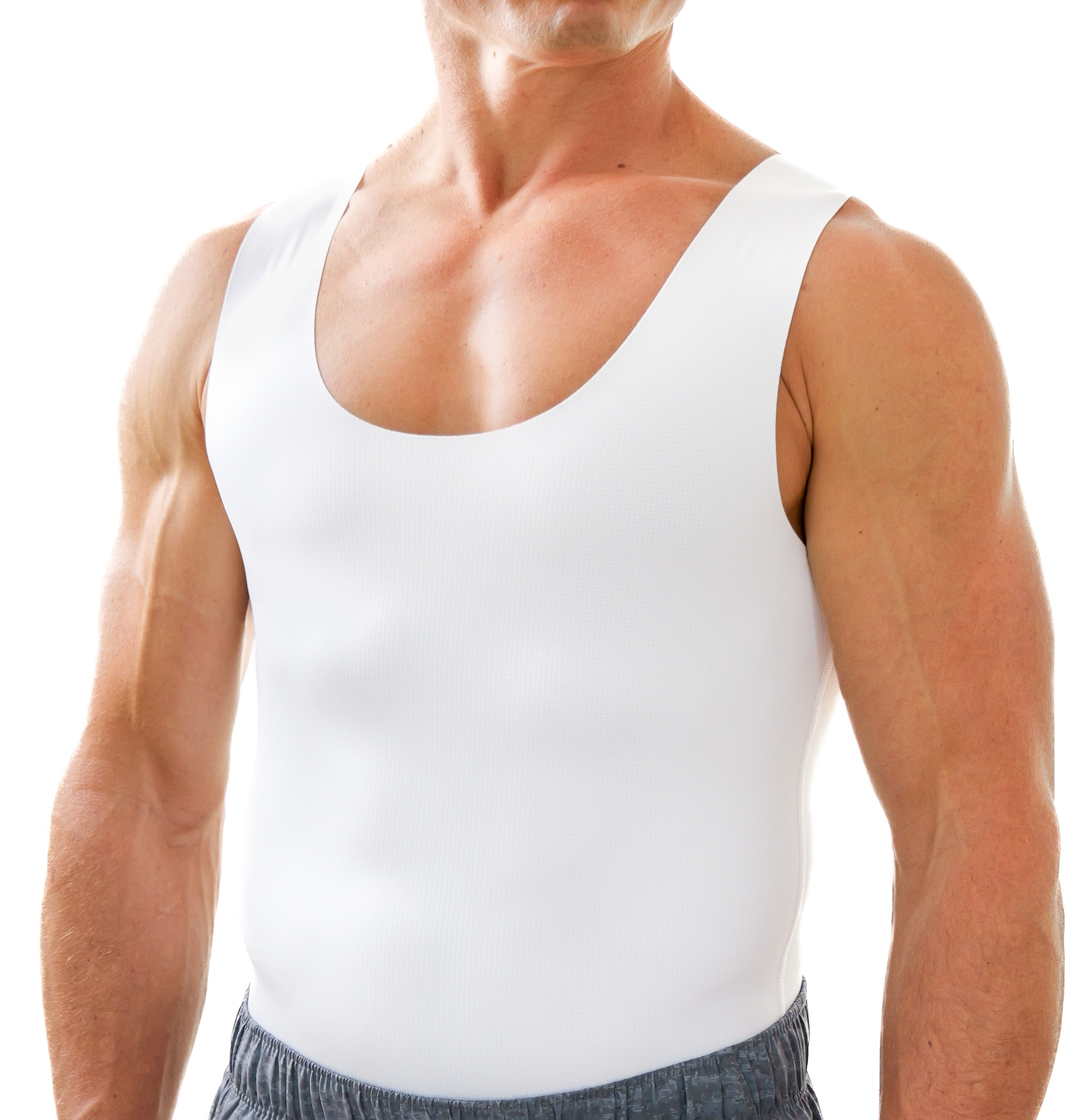
Compression tank tops for men are gaining traction in the fitness scene offering a unique mix of comfort and performance. These snug garments wrap the body giving support and boosting blood flow during exercise. Athletes and gym-goers are now opting for compression tank tops to boost their workout sessions and bounce back quicker.
Compression tank tops for men offer a bunch of perks that make them stand out from regular workout clothes. They help keep your body temp in check, pull sweat away from your skin, and cut down on muscle tiredness. This article will dig into the tech behind compression gear, point out important things to look for, and give you tips on picking the right compression tank top for what you need. If you're a pro athlete or just getting into fitness knowing the good stuff about men's compression tank tops can help you make smart choices about what to wear when you work out.
How compression works
Compression tank tops for men fit tight to the body putting pressure on muscles and joints. These clothes contain elastic materials like spandex or elastane mixed with polyester or nylon. The snug fit and special fabric team up to squeeze certain parts of the upper body such as the chest back, and arms.
Benefits to support muscles and help recovery
Compression tech in tank tops gives athletes and fitness buffs several perks:
- Better blood flow: Compression garments put pressure on the body, which helps blood move more . This can get more oxygen to muscles when you work out.
- Less muscle tiredness: Compression tanks support muscles and cut down on shaking. This can help muscles stay strong longer, so you can exercise more and do it better.
- Quicker bounce-back: Compression tanks boost blood flow and support muscles. This can help reduce sore muscles and speed up how fast you recover after working out.
- Better results: Some research shows that wearing compression clothes might make you perform better in sports. It could increase your power output and how far you can move your body.
- Temperature regulation: Many compression tanks are made with moisture-wicking fabrics that help the body stay cool and dry during tough workouts.
How compression tanks differ from regular tanks
Compression tank tops are different from regular tanks in a few important ways:
- Fit: Compression tanks hug your body more than regular tanks, which tend to be looser and more relaxed.
- Material: Regular tanks often use cotton or cotton blends, while compression tanks are made from special stretchy fabrics to give a snug supportive fit.
- Functionality: Athletes wear compression tanks to boost their performance and help them recover, but people wear regular tanks for everyday use or basic workouts.
- Moisture management: Compression tanks often have fancy sweat-wicking features to keep you dry, but regular tanks might not do this.
- Muscle support: Compression tanks fit so that they support your muscles in specific areas, which is something regular tank tops don't do.
Key Features of Men's Compression Tank Tops
Fabrics that wick away sweat
Compression tank tops for men use special materials to keep men dry and comfy during tough workouts. These fabrics often made from synthetic fibers like polyester or nylon, have a knack for pulling sweat away from the skin. This method called moisture-wicking, relies on capillary action. The small gaps between the fabric fibers allow moisture to move to the top of the garment where it can dry fast.
Unlike cotton, which soaks up and holds moisture, these synthetic materials have a low moisture absorption rate. This means they don't get soaked with sweat, which helps to prevent the discomfort and possible skin irritation linked to wet clothes. Some compression tanks also include natural fibers like bamboo or wool, which wick away moisture.
Breathability and ventilation
Besides drawing moisture away, compression tank tops are made to let air flow . The fabrics they use allow air to move around well, which helps keep your body at the right temperature when you exercise. This ability to breathe is key to staying comfortable and not getting too hot during tough workouts or in warm weather.
A lot of compression tanks have special areas or mesh parts in certain spots. These areas let more air flow to the parts of your body that get the hottest and sweatiest when you work out. The mix of pulling away sweat and letting air in helps make a cool dry area next to your skin. This lets athletes focus on how they're doing without being bothered by feeling uncomfortable or sweating too much.
Ergonomic design for unrestricted movement
Compression tank tops are built with the athlete's movement in mind. They have a 4-way stretch fabric that lets you move in all directions. This stretch often from spandex or elastane in the fabric mix, makes sure the top moves with your body instead of holding it back.
The smart design of these tanks often has features like flatlock seams, which sit flat on the skin to cut down on chafing and irritation. Some designs also have targeted compression areas that support specific muscle groups without limiting how you move. This clever design helps with good posture and alignment during workouts, which might boost performance and lower the chance of getting hurt.
The tight, body-hugging fit of compression tanks doesn't just support muscles - it also lets your arms and shoulders move . This makes them great for all sorts of workouts, whether you're lifting weights or going for a run. Athletes can give their all without their clothes getting in the way.
Choosing the Right Compression Tank Top
Determining your compression level needs
Picking the right compression level for a tank top has an impact on how well it works and how comfy it feels. We measure compression levels in millimeters of mercury (mmHg), and different ranges suit different activities and needs. For general fitness and to help muscles recover, experts suggest a compression level of 15-20 mmHg. This range helps speed up tissue repair after you work out and keeps swelling down while you exercise.
People who sit or stand for extended times at work can benefit from compression tank tops to lower job-related swelling. In these instances, a 15-20 mmHg compression level can reduce leg puffiness and unease. For those with long-term illnesses or needing medical-grade compression, levels of 20 mmHg and higher might be more suitable.
Sizing and fit considerations
The way a compression tank top fits has a big impact on how well it works. When picking a size, it's best to go with your normal size and check the brand's size chart. But what feels right to you matters too. People who wear compression gear a lot might want to go a size smaller to get more benefits, while those new to it might want to go a size bigger to feel more at ease.
A compression tank top that fits well should feel tight but not too tight. You should be able to move in all directions. The top should stick to your body like a second skin giving you support without making you uncomfortable or making it hard to breathe.
Material options and their properties
Compression tank tops are made from high-tech fabrics like spandex, polyester, and nylon. These materials have some key benefits:
- Stretchiness: They can expand to five times their size and bounce back to their original form.
- Toughness: The man-made fibers last a long time and can handle rough use.
- Sweat-fighting: Many compression fabrics are built to pull sweat off the skin, which keeps you dry and comfy.
- Airflow: The materials let air move through helping to keep your body temperature in check when you work out.
Some compression tank tops also have features like UPF sun protection, technology to fight odors, and seams that lie flat to stop chafing. When you pick a compression tank top, think about the specific qualities that match your needs and the activities you'll do.
Conclusion
Men's compression tank tops have brought about a revolution in fitness clothing. These tops have an influence on workout performance and recovery giving users a mix of support, comfort, and function. From better blood flow to quicker muscle healing, the perks of compression technology stand out. Plus, the sweat-wicking features and breathable design keep athletes cool and dry during tough training.
When picking a compression tank top, you need to think about things like compression level fit, and fabric qualities. The best tank can transform your workout routine improving your performance and helping you achieve your fitness goals. If you're a pro athlete or just starting to exercise, adding compression tank tops to your gym clothes could be a smart move to improve your overall athletic experience.
FAQs
1. Are compression tank tops effective?
Compression tank tops have a positive effect on physical activities. They help cut down on swelling. This happens because they lower muscle shaking and the forces hitting the body, thanks to how the compression fabric gives support.
2. How do compression tank tops function?
Compression tank tops don't have any inner bladders or diaphragms and just hold air. In a hydronic system, water goes into the tank squeezing the air inside. This design is helpful because it doesn't need moving parts, which means it's less likely to break down or need replacing.


